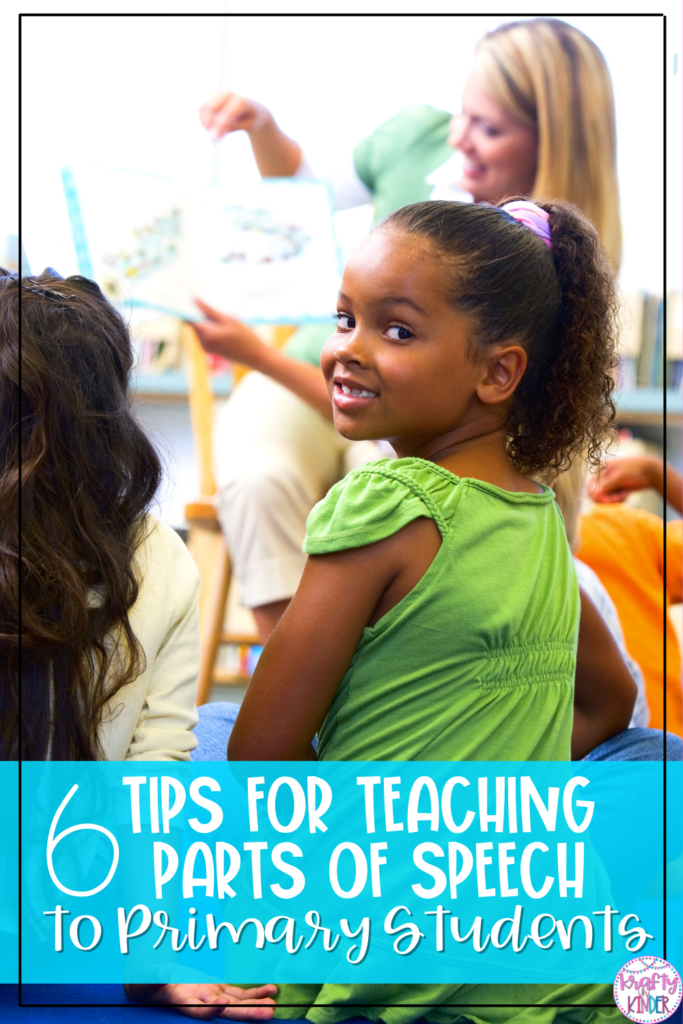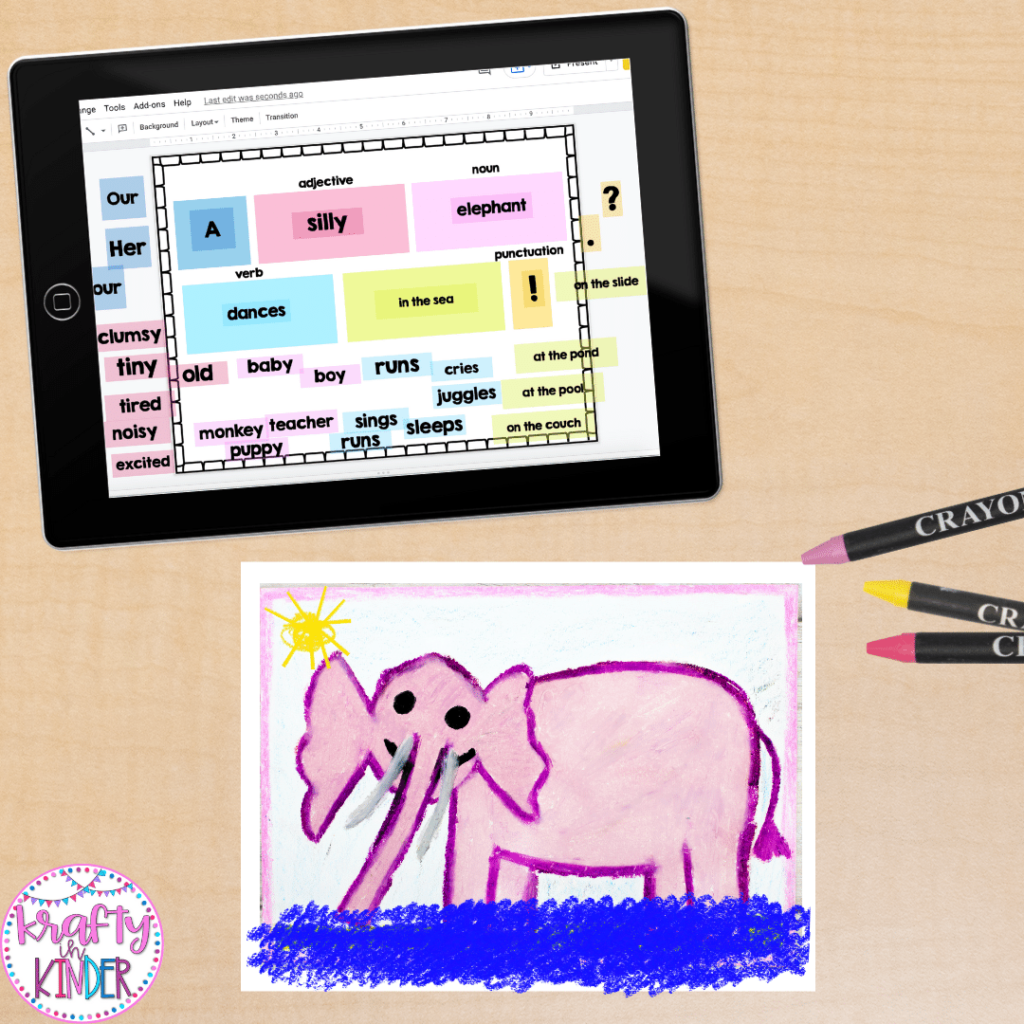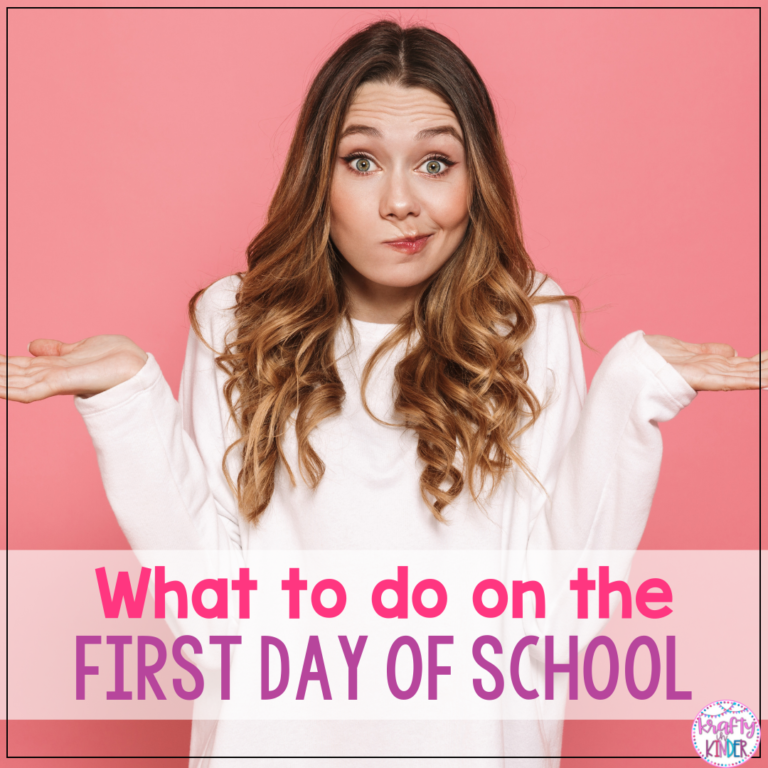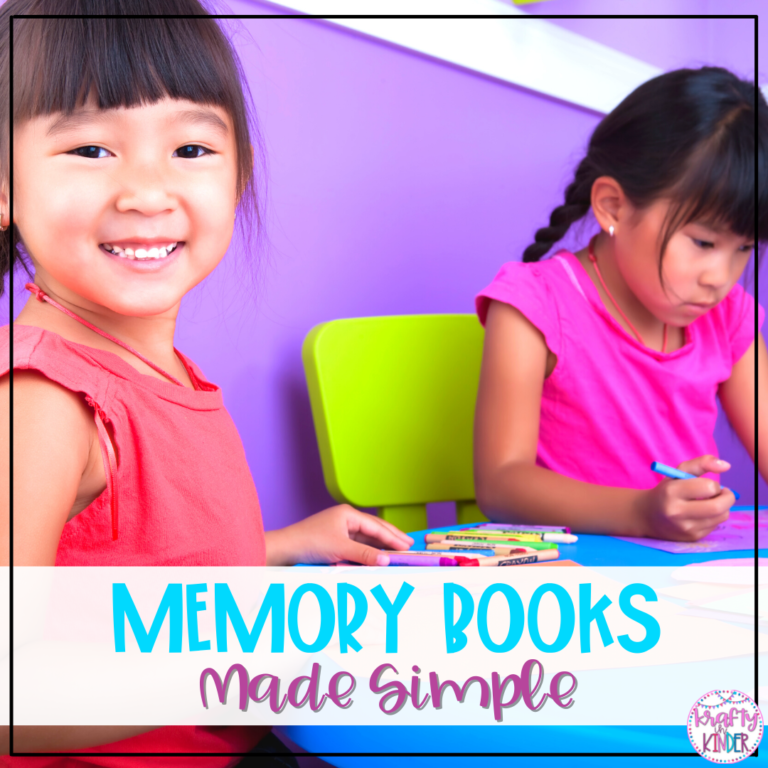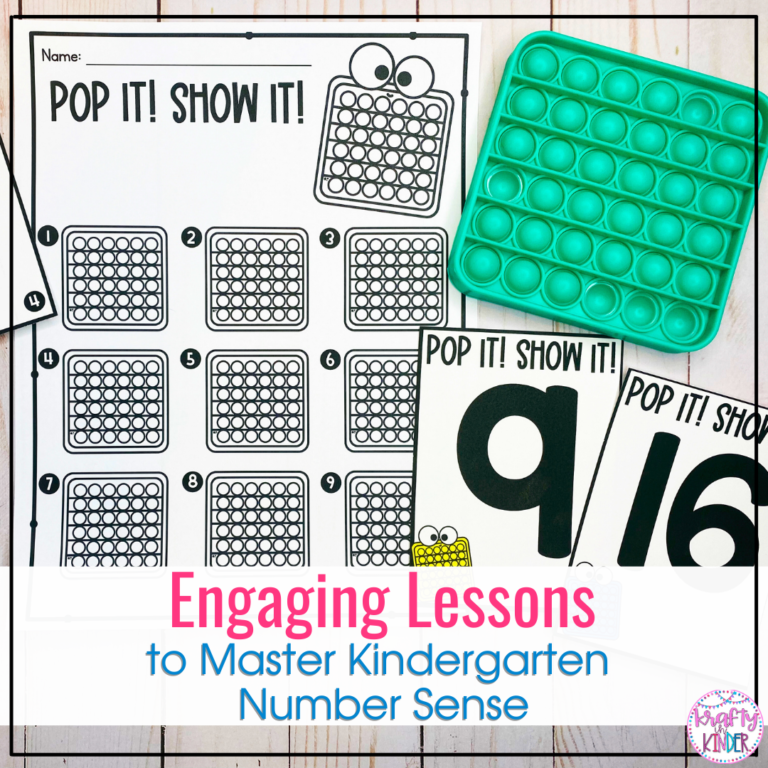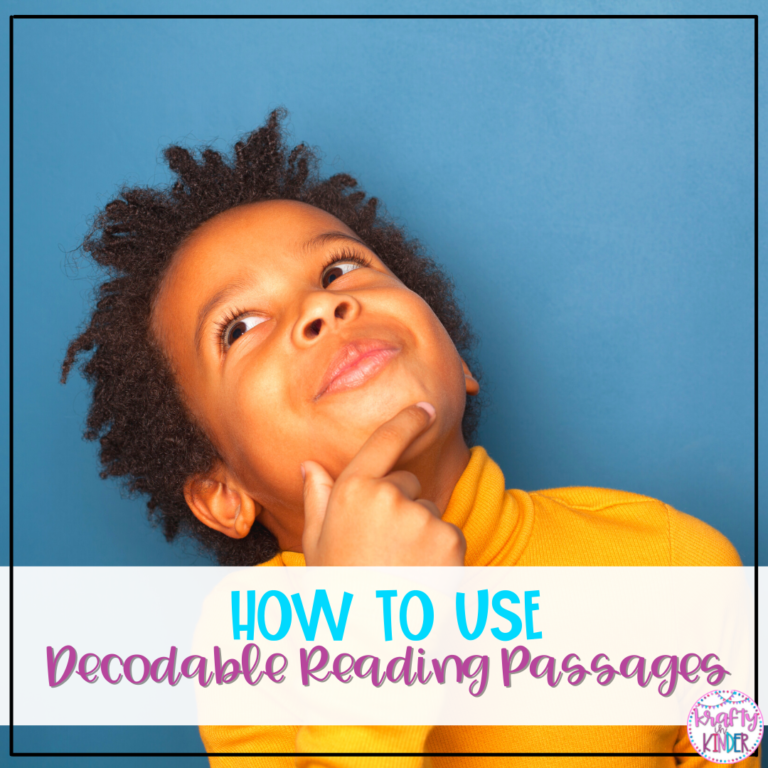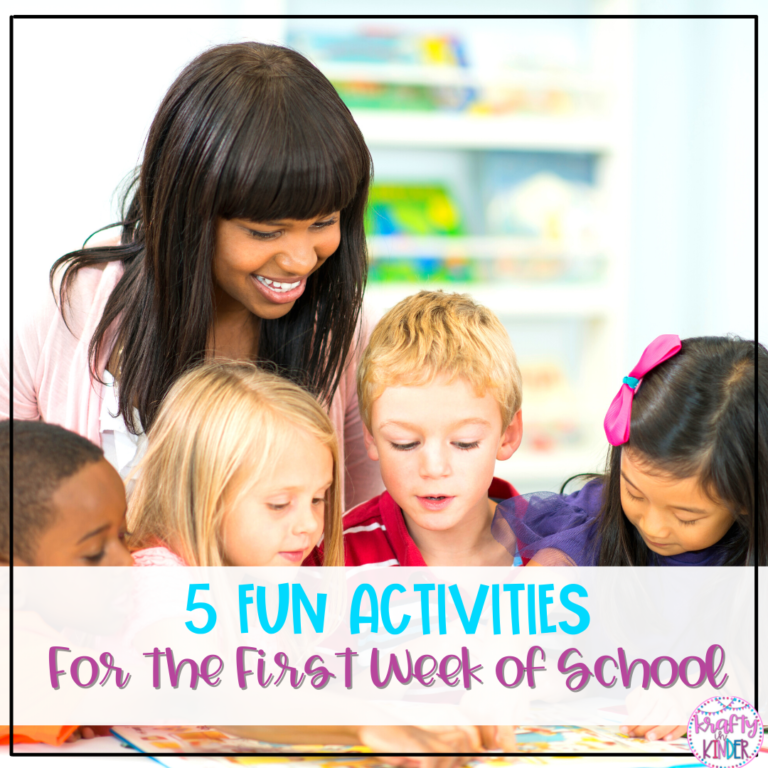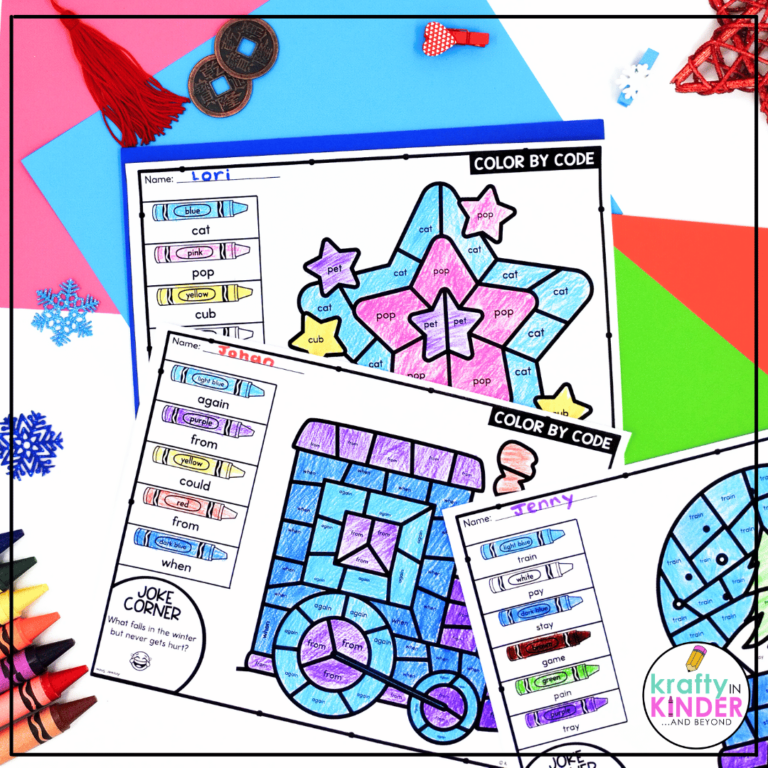How I Teach Parts of Speech in the Primary Classroom
When someone says “grammar” people often think of one word . . . BORING! But I actually love teaching grammar and parts of speech to my kindergarteners. These foundational concepts really help to unlock language for our young students, helps them to build vocabulary, and they learn to communicate with more precision. Not to mention that we have so much fun with parts of speech. Here are 6 of my favorite tips for teaching parts of speech to primary students.
Teaching Parts of Speech
I like to tackle parts of speech just like I would any other unit by using intentional lessons that are both meaningful and engaging to my students. We start with the basics: nouns, verbs, and adjectives. I like to isolate each skill separately, and then combine them together to close out the unit. This allows me to be sure they have mastered one skill set before moving on to the next one. I follow these simple steps for each part of speech with my students.
Begin With Vocabulary
Vocabulary is such an important part of every lesson. It’s the building block of the unit, so of course, it’s where you should begin. I like to introduce new vocabulary words as a whole group. By starting with vocabulary all the students develop a common foundation on which the lessons can build. Having an interactive presentation in Google Slides that I can project on the board is one of my favorite ways to do this.
I also use visuals like posters and anchor charts that can serve as reference points for my students throughout the unit. It’s always great to use lots of pictures with young students to be sure that they fully understand the meaning of the new words being introduced.
After we create our poster or anchor chart together I love giving students the opportunity to create a personal poster. This provides them with opportunities to practice and use the vocabulary they learned. These personal anchor charts make a great reference tool throughout the unit.
Whole Group Instruction With Interactive Slides
Google Slides presentations are my go-to for whole group instruction. I can easily project them on the board and the students can interact with them using drag and drop pieces. And . . . they are a great way to keep my students engaged. I love the fact that I can review/introduce a skill and then practice applying it with my kiddos.
For parts of speech, I start by introducing our key vocabulary and then providing examples. But we don’t just stop there. Built right into the lesson are a variety of interactive practice activities to help students develop an understanding of this new concept.
Some of these guided practice activities include brainstorming lists of words together, sorting words and even identifying parts of speech in sentences. As we complete these activities together I am able to easily see how the class is doing with the concept, identify misconceptions and I can really see if anyone is struggling and needs extra support.
As a bonus, these same interactive activities can also be accessed by students individually on a computer or tablet. This makes it really easy to provide students with opportunities to find success in their practice. I like to incorporate these as individual activities in our centers and small group teaching time.
Practice, Practice, Practice
Once our parts of speech concepts have been introduced and practice as a group, it is time for some independent practice. I like to weave these practice activities into our lesson block, centers, morning work and even homework.
It’s not enough to just provide one follow-up activity. Our young students needs multiple repetitions of a skill in order to truly build an understanding that can lead to mastery. By providing a variety of practice opportunities in various forms our students can master these new skills.
No Prep Practice
My students love these no prep parts of speech worksheets. They love being able to apply what they have learned on their own. There’s something about it that makes them feel “grown up” and we all know how eager our students are to be independent. By using no prep worksheets that are similar to our whole group practice students can work independently and confidently.
I like to vary the types of activities students complete. They love all things coloring and cut & paste so those are always great options for practicing these parts of speech concepts.
Games
Who doesn’t love a good game? Games are a great way to keep students highly engaged while practicing and reviewing a skill. I like to mix them up a little and let my students work in partners or small groups for our game like activities. They are also great to add to centers.
A class favorite game year after year is Silly Sentences. These Mad Lib style activities are so much fun and a great way to review for parts of speech. Using Google Slides, students will drag and drop words into the correct category. These color coded categories help to make sure students are using the correct part of speech to form a good, but very silly, sentence. My students always get the giggles when putting together their silly sentences. Towards the end of our time I like to have students write down one of their silly sentences and then illustrate it. While it may be filled with fun and lots of laughs, students are still getting repetitive practice at using different parts of speech to form well structured sentences.
Boom Cards
Boom cards are another favorite of mine for providing independent parts of speech practice and review. I love them because they are so versatile. They can be assigned digitally for independent practice, group work, or extra homework practice. I can even differentiate by assigning different decks to different students depending on their needs.
While these are all great features, the instant feedback my students get is my absolute favorite features of Boom Cards. I can confidently send my students to practice on Boom Cards knowing that they won’t be practicing incorrectly. Try these FREE Noun or Verb Boom Cards in your classroom.
Tie It All Together
After we’ve taken our time to cover nouns, verbs, and adjectives independently it’s time to tie them all together. I like to do a quick review of all 3 parts of speech with some examples. This is also the perfect time to connect them so students see how they work together.
Then we complete some fun activities together and independently like a Part of Speech sort and a Parts of Speech Hunt. My kiddos love playing detective and applying everything they’ve learned. This is also a great way to gauge their overall understanding of these parts of speech.
When reviewing as a class I will sometimes be known to make a mistake, on purpose of course. It’s great to see how excited my students are to not only find error but correct it. We will even turn this concept into a “What’s Wrong?” Game. Here students will close their eyes while I sort 5 or 6 words on the chart. There will always be at least one in the wrong category. When I say “What’s Wrong?” students will open their eyes and try to find the words that are in the wrong category. We have so much fun playing this game and the students love it when they realize I can’t fool them.
A Constant Assessment
As teachers we know that assessments are an important part of the learning process. In fact, we are constantly assessing what our students are learning on an informal basis. But sometimes a more formal assessment is just what we need to see who has it and who needs more practice. I love using the no prep printable worksheets for this purpose. I can weave these checks for understanding in throughout the unit and can tweak my instructional plan according to how the class is doing.
Engaging Resources for Teaching Parts of Speech
Don’t all of those ideas kind of get you excited about teaching parts of speech to primary students? I want you to be able to jump right in and not have to spend hours creating curriculum or piecing together resources that you find. I created this AMAZING Parts of Speech Bundle just for you! It is complete with all the interactive lessons and activities that will get your student excited about parts of speech and keep them engaged the entire time.
Pin It!
Be sure to save these tips for teaching parts of speech to your favorite classroom Pinterest board so you can have a little fun while teaching parts of speech to primary students.
